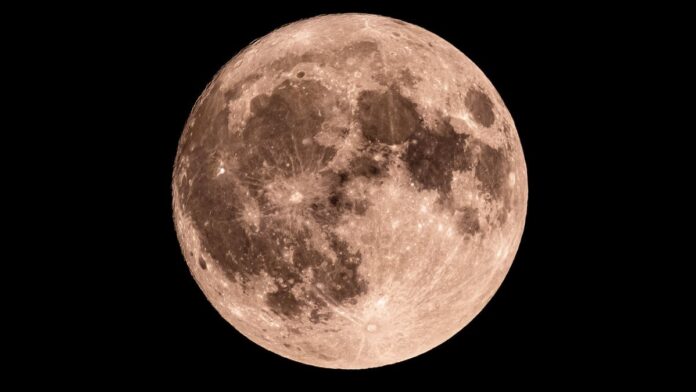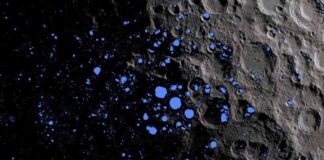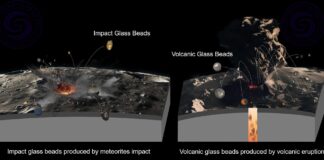As we progress through the lunar cycle, the moon’s appearance undergoes a mesmerizing shift. Currently on day 26 of this cycle, we’re nearing the New Moon – the point where the moon seemingly disappears from view as it moves between Earth and the Sun, marking the start of a fresh lunar cycle.
Today’s Moon Phase: Waning Crescent
On Friday, October 17, 2025, the moon will be in its Waning Crescent phase. According to NASA’s Daily Moon Observation, only 14% of the moon’s surface will be illuminated. This makes it a challenging, but rewarding, sight to observe.
What You Can See
Visibility is steadily decreasing each night, but keen observers can still catch glimpses of fascinating lunar features:
- Without visual aids: The Aristarchus Plateau, a prominent feature known for its bright, reflective surface, will be visible.
- With binoculars: The Grimaldi Basin, a large, dark impact crater, can be discerned.
- With a telescope: Reiner Gamma, a distinctive lunar swirl (a series of light and dark streaks), will become apparent. These swirls are intriguing geological formations whose origin isn’t fully understood, and they add a layer of mystery to lunar observation.
When is the Next Full Moon?
If you’d like to witness the moon at its brightest, the next Full Moon will occur on November 5, 2025.
Understanding Moon Phases: A Continuous Cycle
The moon’s appearance changes throughout the month as it orbits Earth, completing a continuous cycle of approximately 29.5 days. This cycle is driven by the ever-changing relative positions of the Sun, Earth, and Moon. While the same side of the moon always faces Earth, the amount of sunlight reflected from its surface varies, creating the different lunar phases we observe.
Here’s a breakdown of the eight primary moon phases:
- New Moon: The moon resides between Earth and the Sun, rendering its illuminated side invisible from our perspective.
- Waxing Crescent: A slender sliver of light begins to appear on the moon’s right side (in the Northern Hemisphere). The term “waxing” indicates that the illuminated portion is growing.
- First Quarter: Exactly half of the moon’s face is lit on the right side, resembling a half-moon shape.
- Waxing Gibbous: More than half of the moon’s surface is illuminated, but it’s not yet a full moon.
- Full Moon: The entire face of the moon is brightly lit and fully visible.
- Waning Gibbous: The illuminated portion of the moon begins to decrease on its right side (Northern Hemisphere). “Waning” indicates that the illuminated part is shrinking.
- Third Quarter (or Last Quarter): Another half-moon appearance, but now the left side is lit.
- Waning Crescent: Only a thin, curved sliver of light remains on the left side before the moon transitions to the New Moon phase.
Observing the lunar cycle offers a captivating glimpse into the mechanics of our solar system and the beauty of celestial movements. Even when the moon appears faint, there’s always something to discover.
Witnessing the Waning Crescent phase offers a quiet, reflective opportunity to observe our celestial neighbor and appreciate the subtle changes that shape our sky.

























